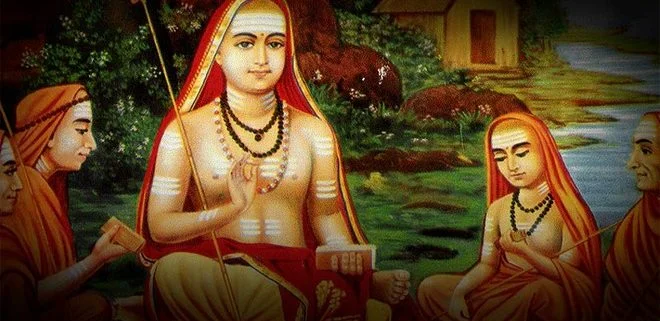The Role of Gurus and Saints in Shaping Sanatana Dharma

Sanatana Dharma, often referred to as the eternal or universal law, is the foundational principle that governs Hindu philosophy and spirituality. At its core, it emphasizes the pursuit of truth, devotion, self-realization, and righteous living. Throughout the ages, Gurus and Saints have played a pivotal role in shaping the teachings and practices of Sanatana Dharma, guiding countless souls toward enlightenment.
The Guru-Disciple Relationship
The Guru, in Sanatana Dharma, is revered not just as a teacher but as a divine guide—an embodiment of knowledge who leads a disciple from ignorance to spiritual awakening. The relationship between the Guru and the disciple is sacred, steeped in mutual respect, and considered a direct link to the divine. Gurus impart wisdom, teach the sacred texts, and guide individuals on the path to liberation, making their role indispensable in the practice of Sanatana Dharma.
The Guru’s teachings extend beyond scriptures, offering personal guidance to help the disciple navigate life’s challenges while remaining true to the core principles of Dharma. This bond has been central to the continuity of Sanatana Dharma, ensuring the preservation of its wisdom through generations.
Influence of Saints in Sanatana Dharma
Saints, too, have played a transformative role in shaping the spirituality of Sanatana Dharma. They have been the torchbearers of its most profound ideals, such as devotion (bhakti), wisdom (jnana), and selfless action (karma). Their teachings, often delivered through simple yet powerful expressions of love and devotion, have resonated with millions.
Saints like Ramanuja, Kabir, and Mirabai have shown that spiritual enlightenment is not limited to intellectual pursuit but can be attained through devotion, love for the divine, and a sincere heart. Their lives and songs continue to inspire devotion to the Divine and are key to understanding the broader spirit of Sanatana Dharma.
Bhakti and Devotion: Core Values in Sanatana Dharma
One of the central tenets of Sanatana Dharma emphasized by Gurus and saints is the power of devotion and surrender to the divine. The Bhakti movement, spearheaded by saints who rejected rigid rituals and caste divisions, focused on the idea that anyone, regardless of status or background, could attain closeness to God through pure devotion. This emphasis on devotion over ritual transformed how people practiced Sanatana Dharma, shifting focus toward the inner spiritual connection with the divine rather than external forms of worship.
Gurus as Social Reformers
In addition to spiritual leadership, many Gurus and saints were also instrumental in challenging social inequalities. By preaching messages of equality, non-violence, and compassion, they laid the foundation for a society built on the principles of justice and love. They often spoke out against the caste system, untouchability, and social discrimination, advocating for an inclusive path where all could achieve spiritual freedom.
The teachings of such saints have led to movements that advocated for the upliftment of marginalized communities, thus bridging the gap between spirituality and social reform. Saints like Buddha, Guru Nanak, and Swaminarayan shaped not just the spiritual but also the social fabric of Indian society.
The Path to Liberation (Moksha)
The ultimate goal of Sanatana Dharma is liberation, or moksha, the realization of the self as one with the divine. Gurus have been instrumental in guiding followers toward this realization. Through the practices of meditation, self-inquiry, and devotion, they help disciples detach from the material world and focus on spiritual growth.
The concept of moksha transcends religious rituals and social barriers, encouraging followers to live a life of truth, purity, and compassion. Gurus and saints provide the tools and wisdom to navigate the inner journey toward the realization of one’s true nature.
Conclusion
The teachings of Gurus and saints are the lifeblood of Sanatana Dharma. Their wisdom and guidance illuminate the path of righteousness, devotion, and self-realization. As the world continues to evolve, the enduring influence of these spiritual leaders ensures that the eternal teachings of Sanatana Dharma remain relevant, guiding humanity toward truth, love, and spiritual freedom.
Through their divine presence, Gurus and saints continue to show the way, helping seekers unlock the mysteries of existence and discover the divine essence within themselves. Their legacy in shaping the philosophy of Sanatana Dharma is not only a testament to their spiritual enlightenment but also a beacon for future generations seeking the path to inner peace and enlightenment.










